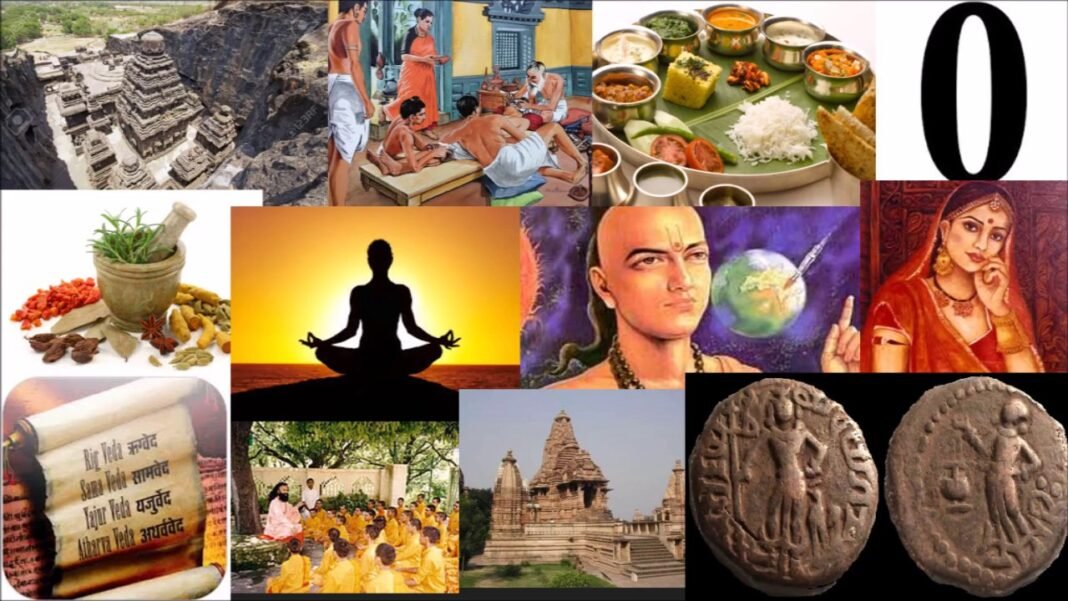India’s history is a tapestry woven with the threads of ancient civilizations, mighty empires, and cultural exchanges. Spanning thousands of years, Indian history is a treasure trove of remarkable events, fascinating stories, and rich heritage. Let us embark on a journey through time to unravel the captivating tales of India’s ancient civilizations and empires.
1. Indus Valley Civilization: The Indus Valley Civilization, one of the oldest urban civilizations, flourished around 2500 BCE. Known for its well-planned cities and advanced infrastructure, this civilization left behind a legacy of intricate artwork, seals, and a script that is yet to be fully deciphered.
2. Maurya Empire: The Maurya Empire, led by Emperor Ashoka, rose to prominence in the 3rd century BCE. Known for its vast territorial expansion, efficient administration, and the spread of Buddhism, the Maurya Empire played a pivotal role in shaping Indian history.
3. Gupta Empire: The Gupta Empire, which thrived from the 4th to the 6th century CE, is often referred to as the “Golden Age” of India. It witnessed remarkable achievements in art, science, literature, and mathematics, leaving a lasting impact on Indian culture.
4. Mughal Empire: The Mughal Empire, founded by Emperor Babur in the 16th century, brought about significant cultural and architectural developments. The empire’s rulers, such as Akbar the Great and Shah Jahan, built grand monuments like the Taj Mahal, showcasing their architectural prowess.
5. Vijayanagar Empire: The Vijayanagar Empire, established in the 14th century, was renowned for its patronage of art, literature, and music. It flourished as a center of trade and learning, leaving behind magnificent temples and sculptures as a testament to its grandeur.
6. British Raj: The British Raj marked a significant period in Indian history, starting from the 18th century and lasting until India’s independence in 1947. It witnessed both resistance movements and the rise of national leaders who fought for freedom and paved the way for a new India.
7. Cultural Exchanges: Indian history is marked by cultural exchanges with various civilizations, including the Greeks, Persians, Arabs, and Europeans. These exchanges influenced art, architecture, literature, and religious practices, creating a vibrant cultural mosaic.
8. Dynastic Kingdoms: India’s history is also shaped by numerous dynastic kingdoms, such as the Cholas, the Rajputs, and the Marathas. Each kingdom had its own distinct identity, contributing to the rich tapestry of Indian heritage.
9. Independence Movement: The Indian independence movement, led by freedom fighters like Mahatma Gandhi, Jawaharlal Nehru, and Subhas Chandra Bose, united the nation in its struggle against colonial rule. It resulted in India gaining its hard-fought independence in 1947.
10. Heritage Preservation: Today, India takes pride in preserving its historical sites and artifacts. Archaeological Survey of India (ASI) and various organizations work tirelessly to protect and promote India’s rich historical heritage for future generations.
India’s history is a captivating narrative of ancient civilizations, powerful empires, and the struggle for independence. Exploring this history allows us to appreciate the cultural depth, diversity, and resilience of the Indian subcontinent.




